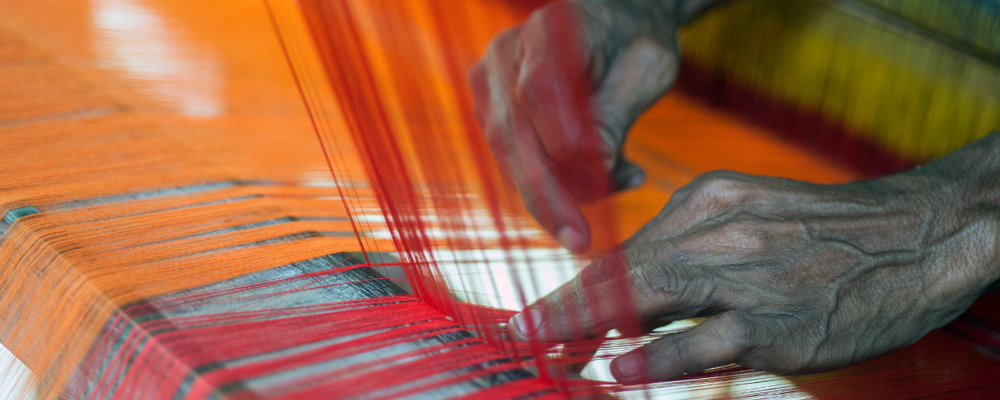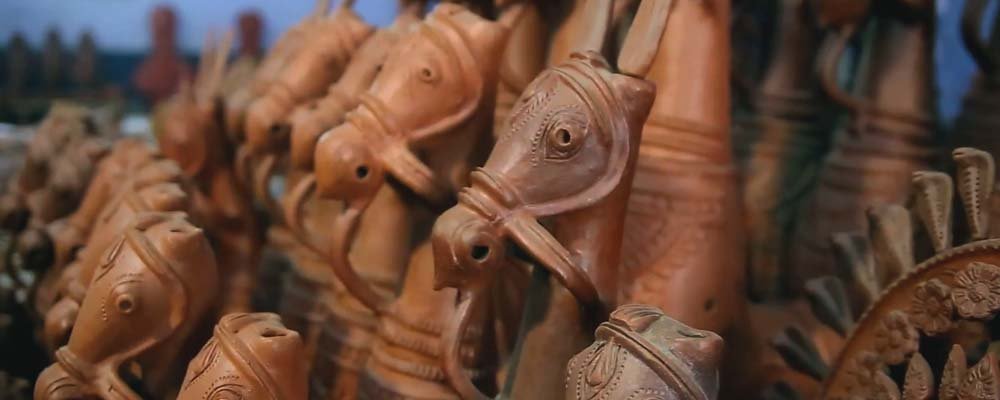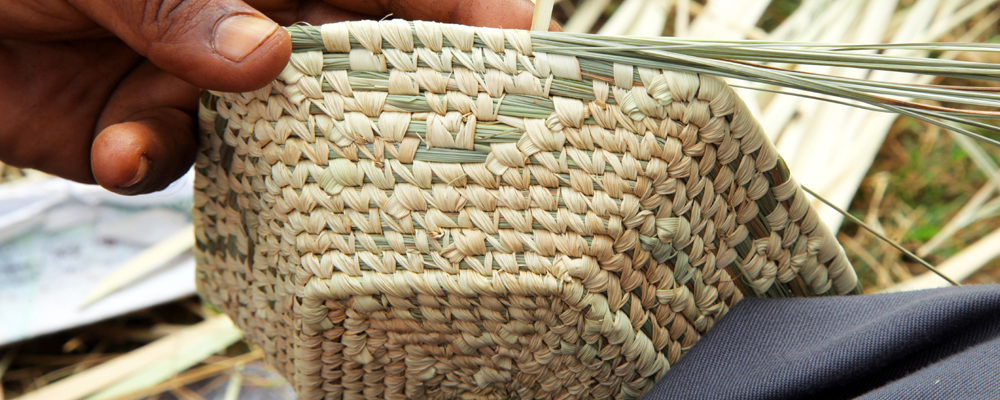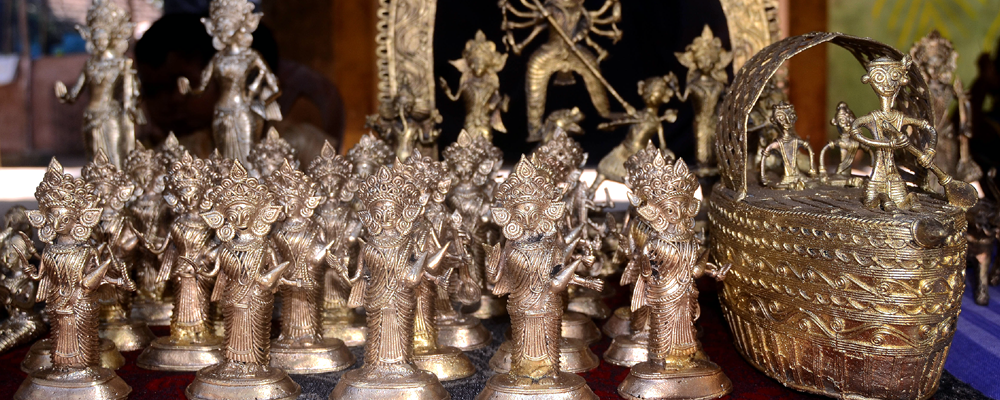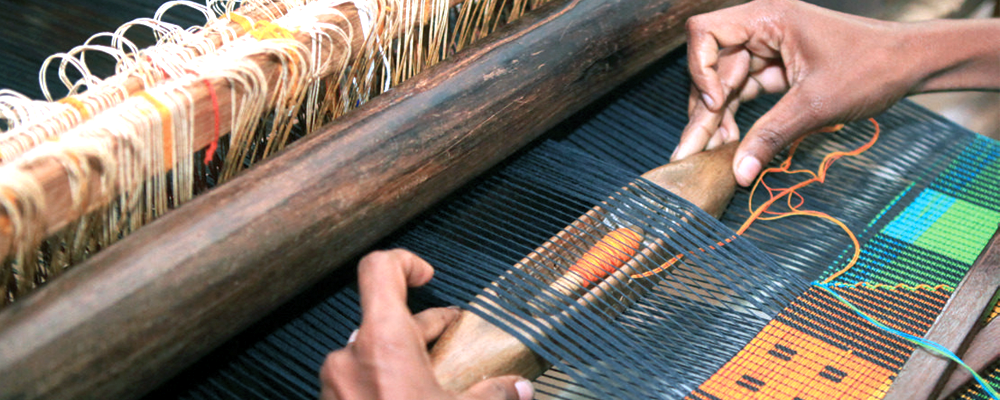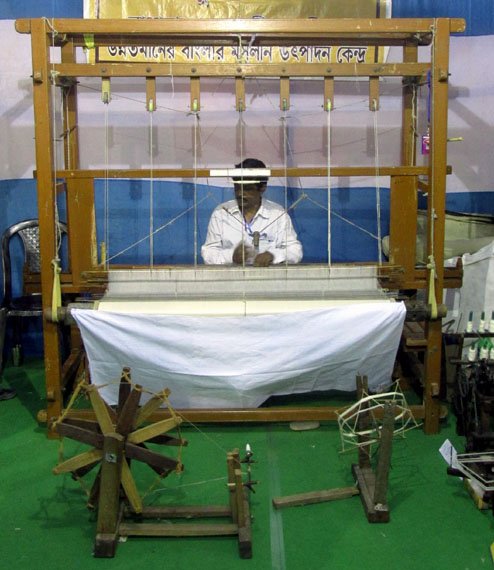MUSLIN KHADI:
With time, the demand for good science and technology and globalization has changed with the demand and taste of the people.So, according to the instructions of the time, the demand for fine or refined food from the thick food cloth has increased so much.The soft khadi or refined khadi is known to us as muslin khadi.Generally, the clothes made from 0-99 Count are wefty khadi / cotton khadi and the khadi is produced from 100 count to 500/600 count (as far as it is known), the fabric produced is called muslin khadi.Now let's talk about muslin khadi two things.Muslin is our pride.Muslin of the Indian textile industry's tradition and the craftsmanship of those artists.
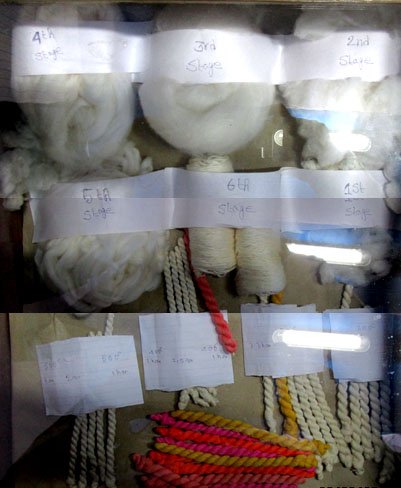
Muslin became highly popular in 18th-century France and eventually spread across much of the Western world. During British colonial rule in the eighteenth century, the Bengali muslin industry was ruthlessly suppressed by various colonial policies,which favored imports of industrially manufactured textiles from Britain. Brutality to muslin weavers was intense, William Bolts noting in 1772 that "instances have been known of their cutting off their thumbs to prevent their being forced to wind silk. As a result, the quality of muslin suffered greatly and its finesse was nearly lost for two centuries. There have been various attempts at reviving the muslin industry in modern Bengal.






